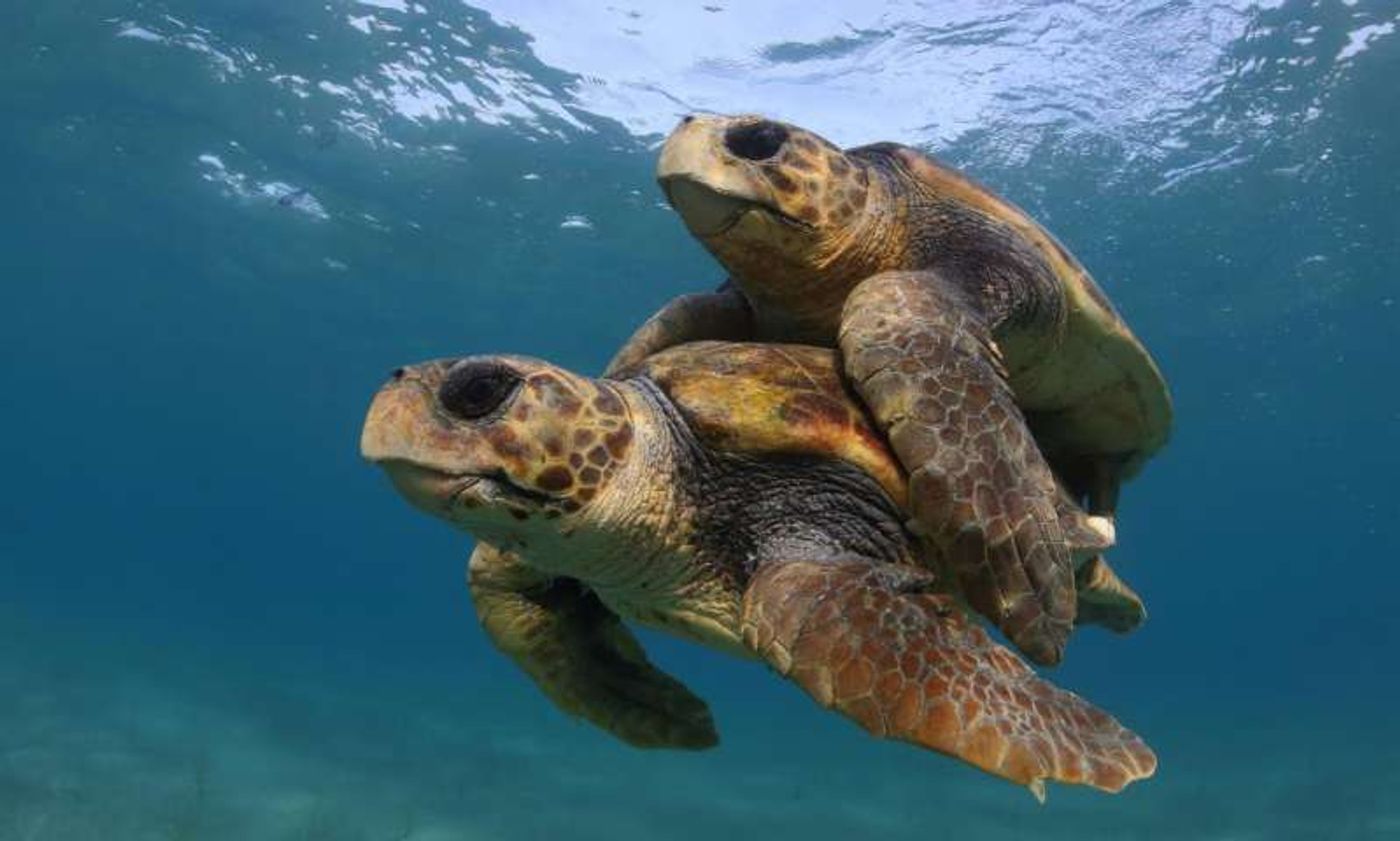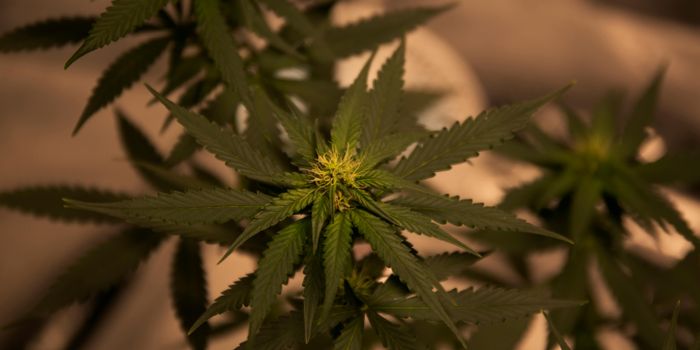Climate Change Poses a Serious Problem for Sea Turtles
Almost anyone that thinks of sea turtles immediately begins to think about endangered animal species, and that’s because many sea turtle species are endangered. They have been over-targeted by hunters for their valuable eggs, meat, shells, and skin, and now the species is on the decline.
Unfortunately, things aren’t looking up for them any time soon either, as a new study published in the journal Global Change Biology now highlights the dangers of climate change and how it could further push the extinction card for the species.
Image Credit: Kostas Papafitsoros
The researchers spent 6 years studying sand temperatures at the Cape Verde islands, a hotspot for loggerhead sea turtles, and they found warming temperatures across the board.
Related: This is why turtles have shells
They point out that most sea turtle species are the temperature-dependent sex determination type, and this means that temperature has a major impact on whether embryo become a male or female before birth.
The magic pivotal number is 29º C (84.2º F) – anything higher typically means the embryo is more likely to lean female, while anything colder is more likely to lean male. As you can imagine, the warming temperatures associated with climate change are yielding too many females and not enough males, which has obvious implications.
While 29º C is the magic pivotal number, there is a temperature range where embryo development is successful – anything outside the range leads to a higher mortality rate; that range is 25º C to 35º C. Temperatures above 35º C are too hot for embryos to develop, and so climate change has an impact here as well.
“In recent years, in places like Florida—another important sea turtle nesting site—more and more turtle nests are reported to have lower survival rates than in the past. This shows that we should really keep a close eye on incubation temperatures and the in-nest survival rates of sea turtles if we want to successfully protect them,” study lead author Dr Jacques-Oliver Laloë explains.
Related: Turtle gets almost 1,000 coins surgically removed from its stomach
By the year 2100, we could see up to a 30% boost in sea turtle nest sightings, but as good as this might sound, it doesn’t matter much for the species because the rising temperatures will spell out lower survival rates for the embryo developing inside them.
Moreover, with so many females swimming in our seas, they will have a hard time finding male mates to continue reproduction. The imbalance in these ratios could have a long-standing impact on the species and their ability to sustain their numbers.
“If need be, conservation measures could be put in place around the world to protect the incubating turtle eggs. Such measures could involve artificially shading turtle nests or moving eggs to a protected and temperature-controlled hatchery,” Dr Laloë continued.
The study calls for additional research in the sea turtle sector, as well as other animal species that rely on temperature-dependent sex determination so we can get a better idea of just how climate change is going to impact our world and what we can do to help save animal species that are at risk of going extinct because of these changes.
Source: Swansea University









